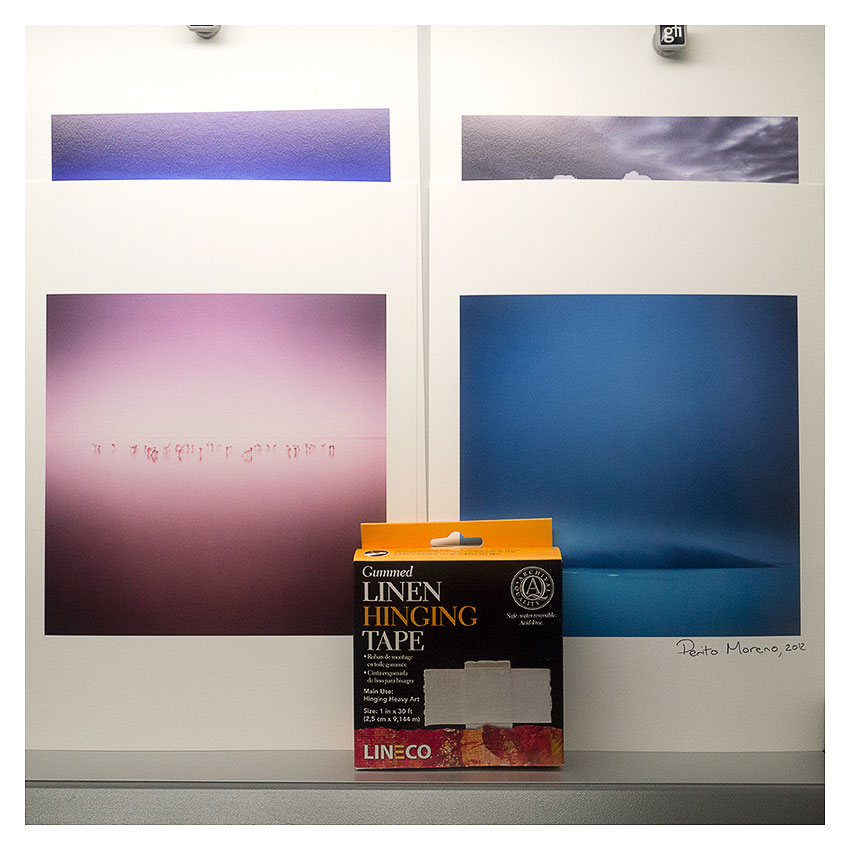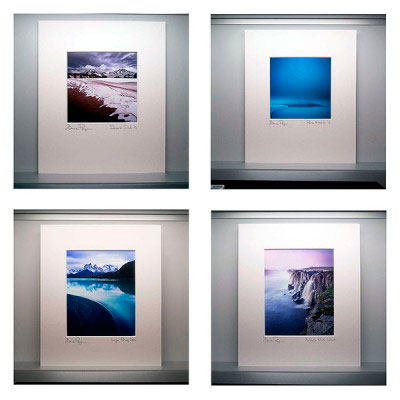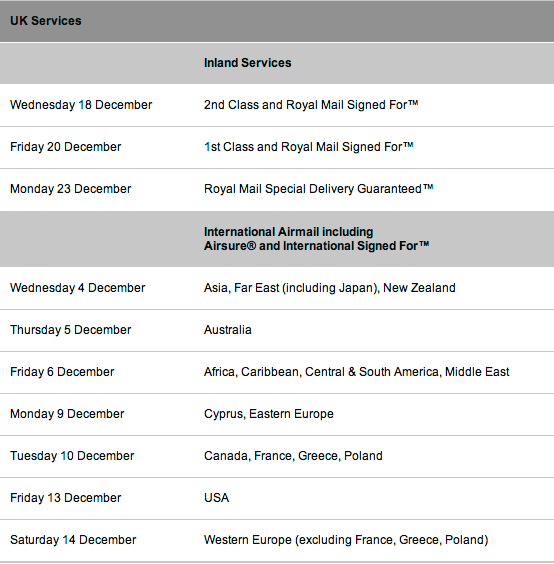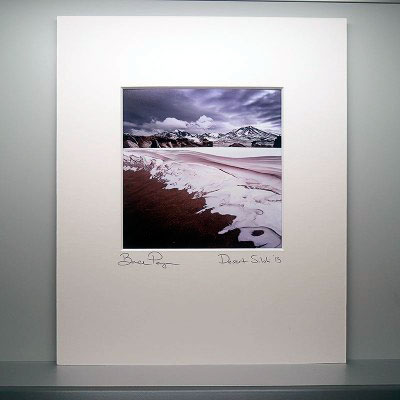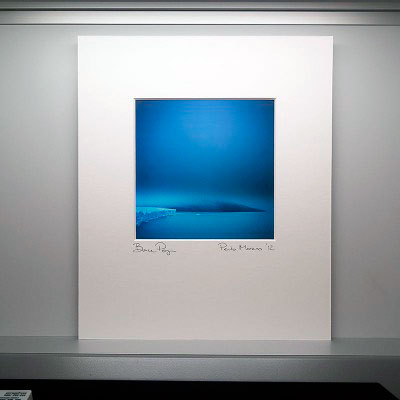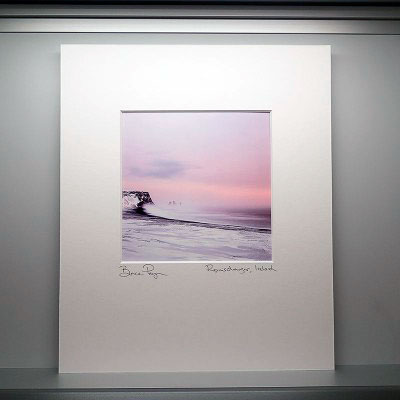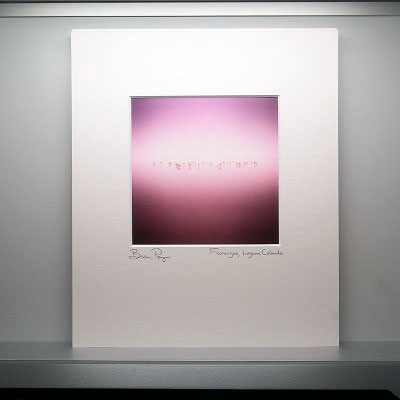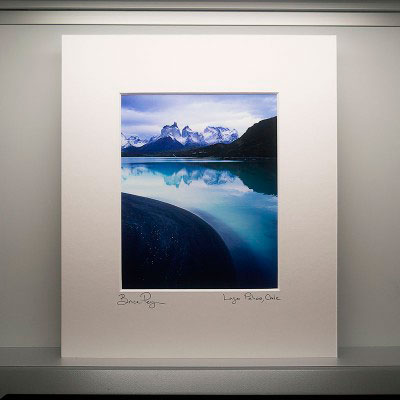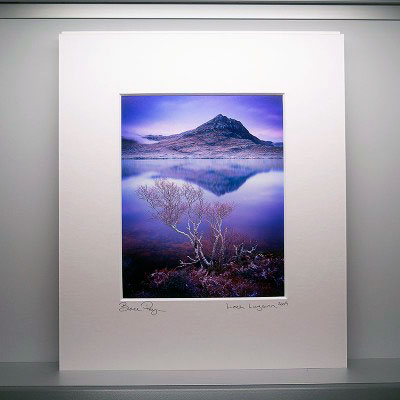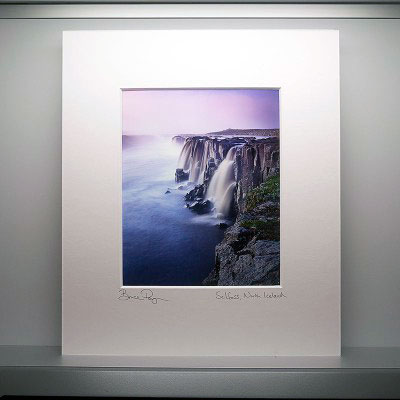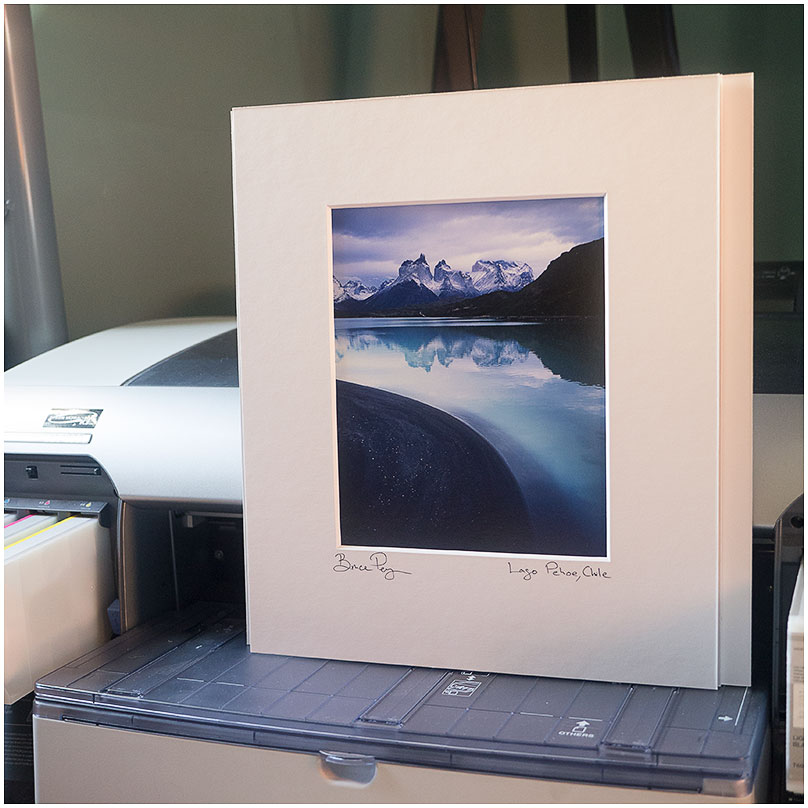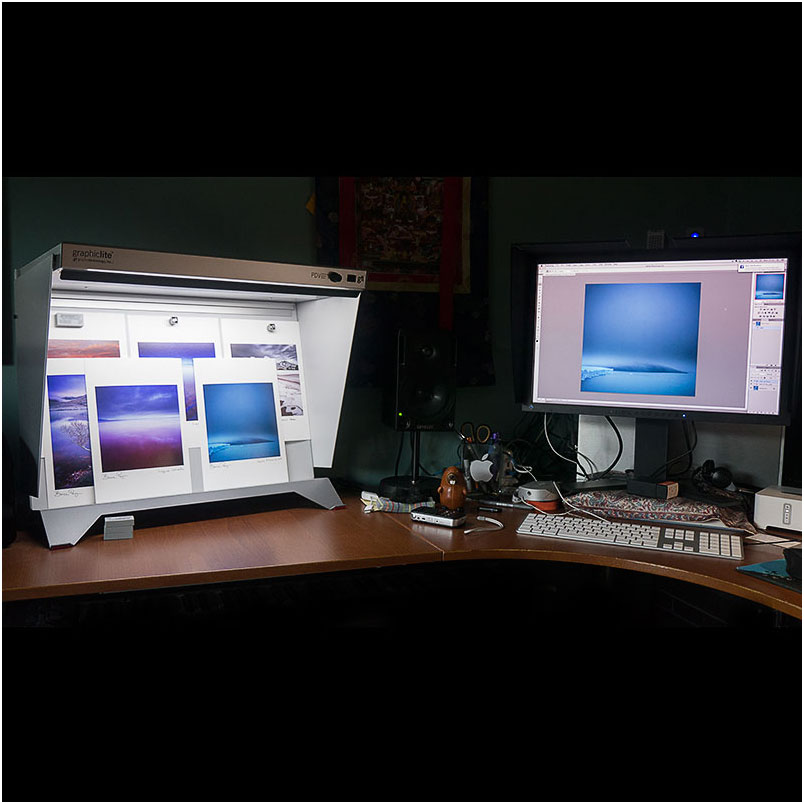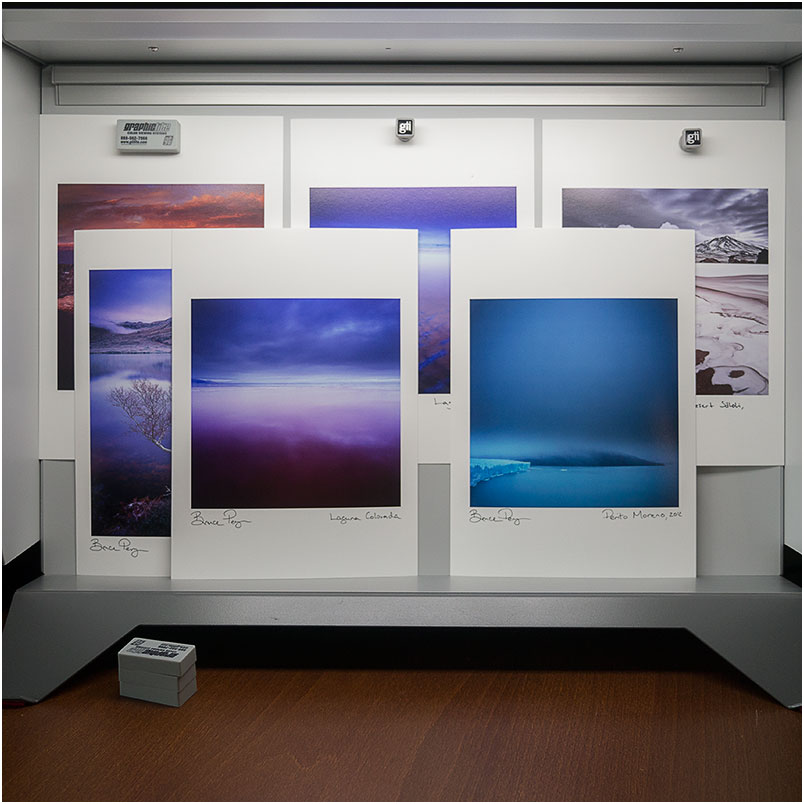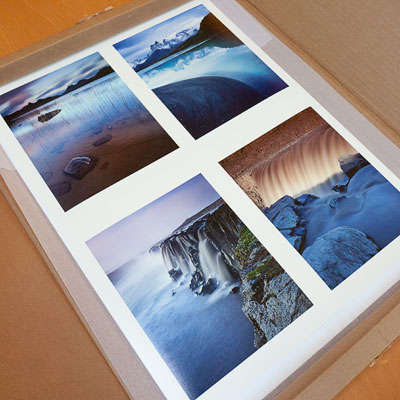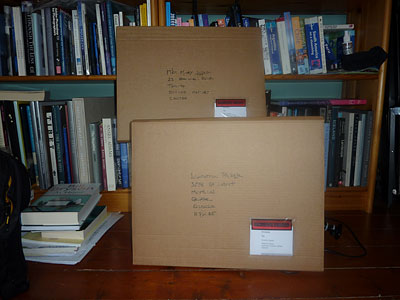I've just finished printing and mounting one of my prints for an order I received a few weeks ago. Here is the very picture - an 8" x 8" print of Cono de Arita in the Puna de Atacama of Argentina.
Cono de Arita, Puna de Atacama, print, framed.
When preparing images for framing, you should always use acid free materials. To not do so, would render the print prone to future damage. As time goes on, the acids in the gum or tape leak onto the back of the print and can cause discolouration.
Here in the UK, I get all my supplies from Silverprint.co.uk.
Once you have a mount with an aperture cut into it, you should also have an accompanying backing board. Both should be made of museum grade acid free materials.
The next stage is to create a hinge so that the front board hinges to the back board at the very top. I use Lineco gummed linen hinging tape, which is acid free and extremely strong. You can get it here.
Once I have both front aperture board and backing board hinged, I then need to attach the print to the backing board. First I position the print on the backing board and move it around until it's centred in the front aperture window of the front mount board. Once I have that. Then, I attach two strips of acid free paper tape to the print in vertical orientation with the gum side up and attached to the back of the print. The vertical strips are going to form the vertical part of a 'T' shape with two horizontal strips attached to the top of each vertical strip. The reason for creating a 'T' shape is to allow the print to expand and contract with temperature changes and still be completely flat on the backing board. If you just attach the print to the backing board with one horizontal strip, you will find that the print will contract and expand at a different rate to the backing board as temperatures change in the room and the print will never be entirely flat as a result.
Image © www.reframingphotography.com
For the inscription on the front of the print, it's best to use a pigment ink liner pen, or pencil. Either of these will not fade, whereas a standard ink pen will easily begin to fade after just a few years being subjected to daylight.
And that's it.
It's been a while since I prepared a print for a customer. Truth is: very few people actually buy prints and I think that even fewer photographers buy anyone else's work at all (but perhaps that's a subject for another post sometime in the future).
I've always thought that the ultimate journey with my photography has been to have the images in print form. Making this print has been enormously satisfying for me. It has allowed me to reconsider setting up an exhibition. I'm currently working on a 3rd hard-back book to be released sometime either next year or in 2018..... some projects are never finished and I'm finding that the Atacama regions of Chile, Bolivia and Argentina seem to be an exhaustive area for me to make photographs in.
Maybe when I get round to releasing the 3rd book, I can coincide it with an exhibition of my work over the past few years. Who knows, but one thing is for sure - printing my own images is a hugely rewarding exercise and it has given me inspiration to think about a possible exhibition sometime in the future.
For more information about mounting, this is a good page to visit: http://www.reframingphotography.com/content/mounting-matting-and-framing




